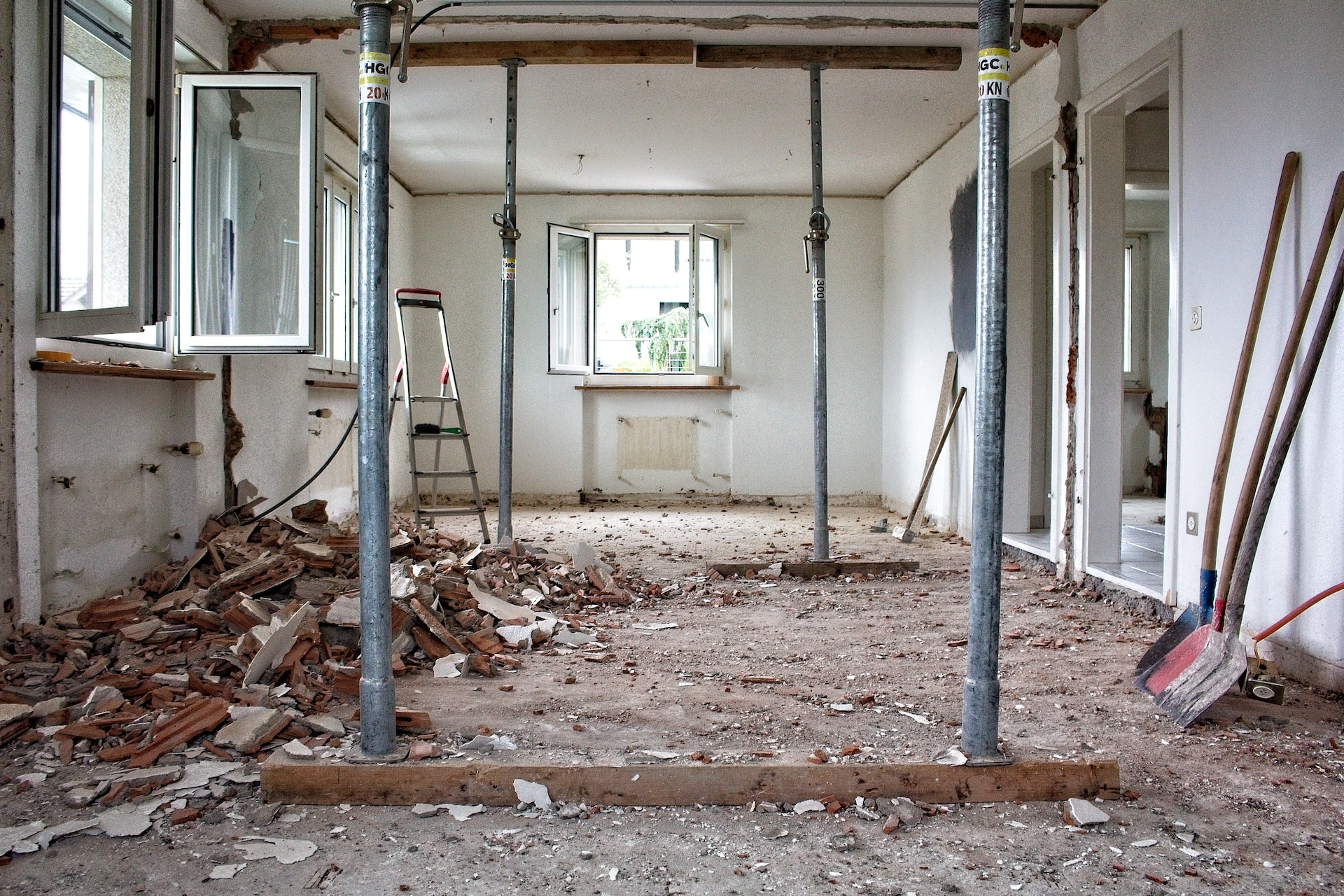

Question: What is the 70% rule for house flipping?
Answer: The 70% rule suggests paying no more than 70% of the after-repair value (ARV) minus repair costs in house flipping.
What is the 70% Rule for House Flipping?: Understanding the House Flipping 70% Rule
House flipping, a widely-used real estate investment strategy, comes with its own unique complexities. To navigate these, house flippers must grasp the key concept of the 70% rule. This blog post will illuminate the 70% rule, explain its significance, and demonstrate how to implement it effectively in house flipping ventures.
Understanding the 70% Rule
The 70% rule serves as a guideline for real estate investors, helping them to establish the maximum price to pay for a property they aim to flip. According to this principle, an investor must cap their purchase price at no more than 70% of the property’s After Repair Value (ARV), after deducting the cost of repairs and renovations.
You can express this rule mathematically as: Maximum Purchase Price = (ARV x 0.70) – Repair Costs. Here, the ARV stands for the projected value of the property after completing all repairs and renovations.
Click here to read more about free home evaluations Shelburne
Related Article: What is the Anti Flipping Tax in Canada?
Related Article: Property Renovations and Flipping
The Reasoning Behind the 70% Rule
The 70% rule guides house flippers towards profitable projects. By capping the purchase price, investors create a buffer to accommodate unexpected costs and market fluctuations. This 30% buffer allows for the profit an investor hopes to make, plus the selling costs, such as agent commissions, closing costs, and holding costs.
Implementing the 70% Rule in House Flipping
Proper implementation of the 70% rule demands a firm grasp of the local real estate market, along with accurate estimates of the ARV and repair costs.
You can estimate the ARV by studying recently sold, comparable properties in the same neighborhood. This research reveals what buyers might pay for a similar, fully renovated property.
However, calculating repair costs can pose a challenge, particularly for novice investors. Conducting a thorough property inspection and obtaining quotes from trustworthy contractors are crucial steps. Undervaluing repair costs can significantly diminish your profits. [ 1 ]
Exceptions to the 70% Rule
While the 70% rule serves as a handy guideline, it’s not rigid. Depending on the specifics of an individual deal or market conditions, deviations from this rule may be sensible.
For instance, in a booming real estate market where properties sell rapidly and command high prices, investors might adopt an 80% rule. Conversely, in a sluggish market, investors may prefer a more conservative 60% rule to account for potential risks.
70% Rule: A Launching Pad
Remember to view the 70% rule as a starting point when analyzing potential house flipping deals. It’s a straightforward way to screen properties and decide whether they warrant a closer examination.
However, this rule doesn’t consider all variables that could influence a house flipping project’s profitability. Factors like the property’s location, local real estate market conditions, and the investor’s financing costs can also significantly impact the final investment decision.
Diligent Examination’s Role
Although the 70% rule is a helpful instrument, it doesn’t replace thorough due diligence. Investors must undertake an exhaustive analysis of the property and the local real estate market before purchasing a property to flip. This analysis should include a comprehensive property inspection, a detailed estimate of repair and renovation costs, and a study of local real estate trends.
Investors also need to factor in their financing costs, tax implications, and potential risks. If you finance the property, interest payments can substantially reduce the profitability of the project. Taxes, too, can cut into profits, especially if you sell the property within a short timeframe. Potential risks, such as market downturns or unexpected repair costs, should also be a part of the investment decision.
More than the 70% Rule: Other Considerations in House Flipping
The 70% rule offers a helpful framework for evaluating potential house flipping deals, but it shouldn’t be the only factor in your consideration. Other crucial aspects include the property’s location, housing demand in the area, the quality of renovations, and your ability to manage the project effectively.
The property’s location can greatly impact its ARV and how quickly it sells. A well-renovated property in a sought-after neighborhood can fetch a higher price and sell quicker than a similar property in a less desirable area.
Another critical factor is the housing demand in the area. A high demand for homes can lead to quick sales and good prices. However, in areas with low housing demand, the property might languish on the market or sell below the expected price.
The quality of renovations can also influence the property’s value and its attractiveness to buyers. High-quality renovations can enhance the property’s value and draw more potential buyers, while substandard renovations can lessen its appeal and value.
Lastly, your ability to manage the project effectively is essential for a successful house flipping venture. This includes managing the renovation process, marketing the property, and negotiating the sale. If you lack experience in these areas, you might find it advantageous to partner with a more seasoned investor or hire a professional real estate agent.
Click here for more information on Jen Jewell
Wrapping Up
The 70% rule stands as a potent tool for house flippers, offering a straightforward and effective way to evaluate potential deals and assure profitability. However, it doesn’t guarantee success.
Successful house flipping demands the right blend of knowledge, skills, and resources. It goes beyond numbers; it necessitates a deep understanding of the real estate market, an eye for promising properties, and the ability to manage a project from inception to completion. While the 70% rule can serve as a helpful guide, you should always combine it with thorough due diligence and sound investment judgment.
References
1. https://www.bankrate.com/real-estate/70-percent-rule-house-flipping/


